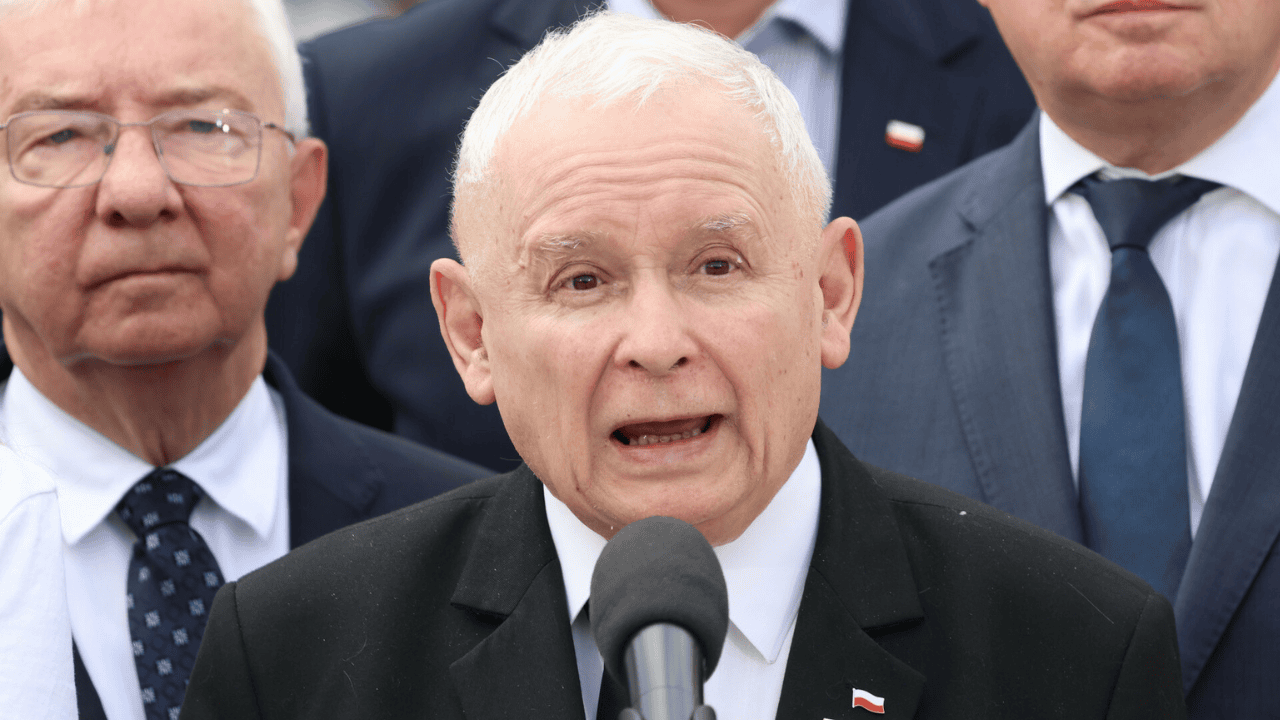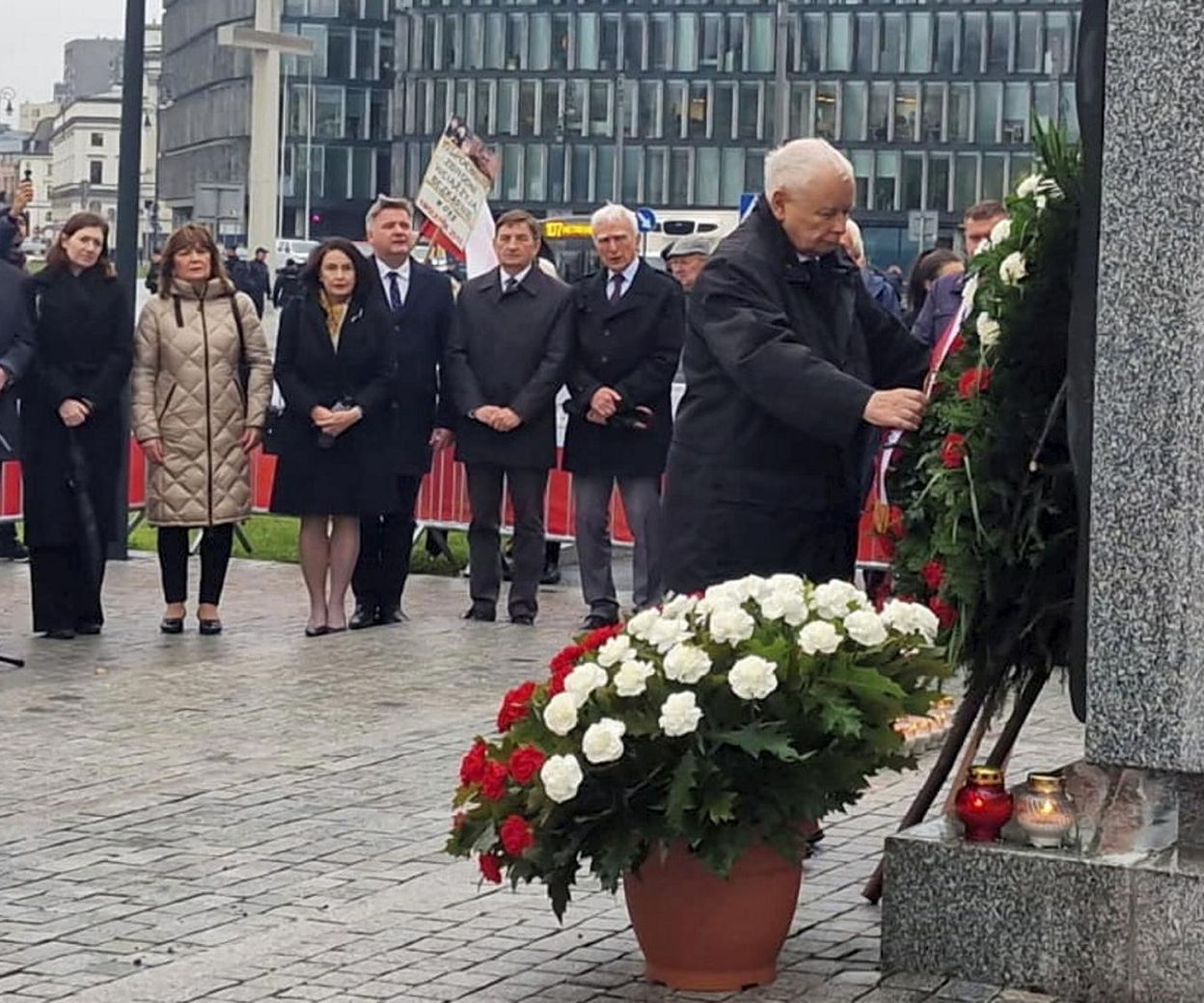
THIRUVANANTHAPURAM— The British Royal Navy’s F-35B fighter jet, stranded for over five weeks in Kerala, has finally departed from Thiruvananthapuram International Airport (TRV) on July 22, 2025.
The stealth fighter had made an emergency landing on June 14 due to a hydraulic fault while en route from the United Kingdom to Australia.
A dedicated UK engineering team completed the complex repairs and safety checks, enabling the aircraft to return to service.
The British High Commission expressed gratitude to Indian authorities and the airport team for their support during the jet’s extended stay.
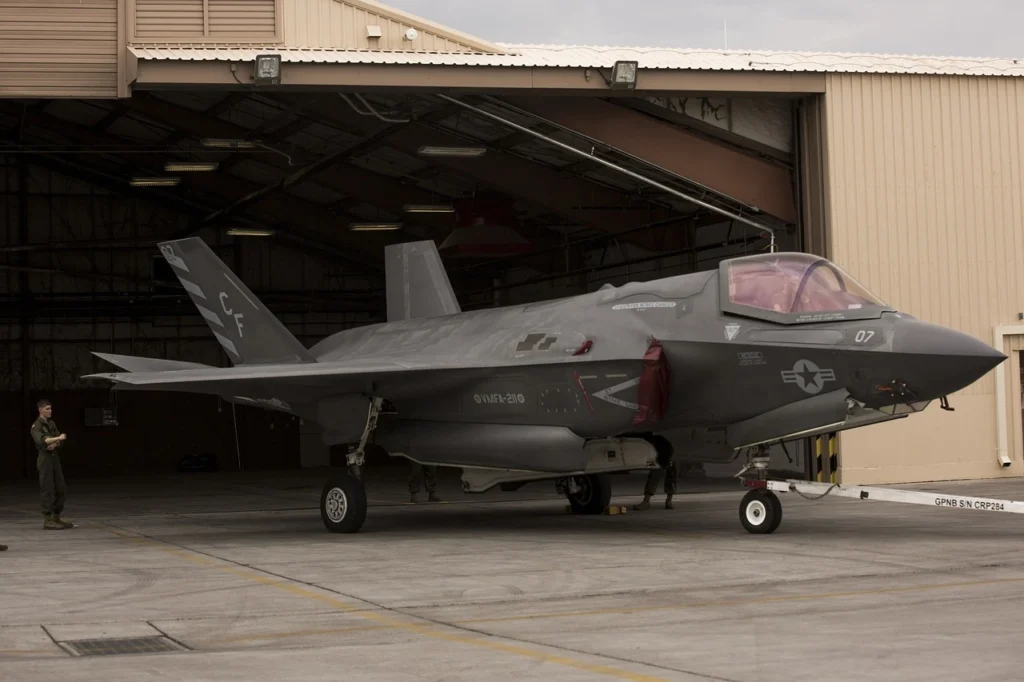 Photo: Needpix.com
Photo: Needpix.comF-35B Fighter Jet Departs from India
The F-35B, part of the UK’s HMS Prince of Wales Carrier Strike Group, was conducting a transit to Australia when it developed a technical snag mid-flight.
The pilot diverted to Thiruvananthapuram (TRV) for an emergency landing, prompted by low fuel levels and deteriorating weather conditions.
The Indian Air Force provided immediate assistance to facilitate the landing and ensured necessary logistical support on the ground.
Following the emergency, UK authorities made multiple attempts to retrieve the fighter jet. A significant challenge emerged due to the lack of local expertise and equipment compatible with the advanced F-35B, as India does not operate this aircraft model.
This led to the arrival of a 24-member Royal Air Force technical crew on July 6, along with specialized equipment, to undertake the required repairs.
Efforts to relocate the fighter even included considerations of airlifting it via a C-17 Globemaster transport aircraft, but eventual repairs on-site made such measures unnecessary.
The jet underwent critical hydraulic system repairs, comprehensive safety checks, and was finally deemed airworthy.
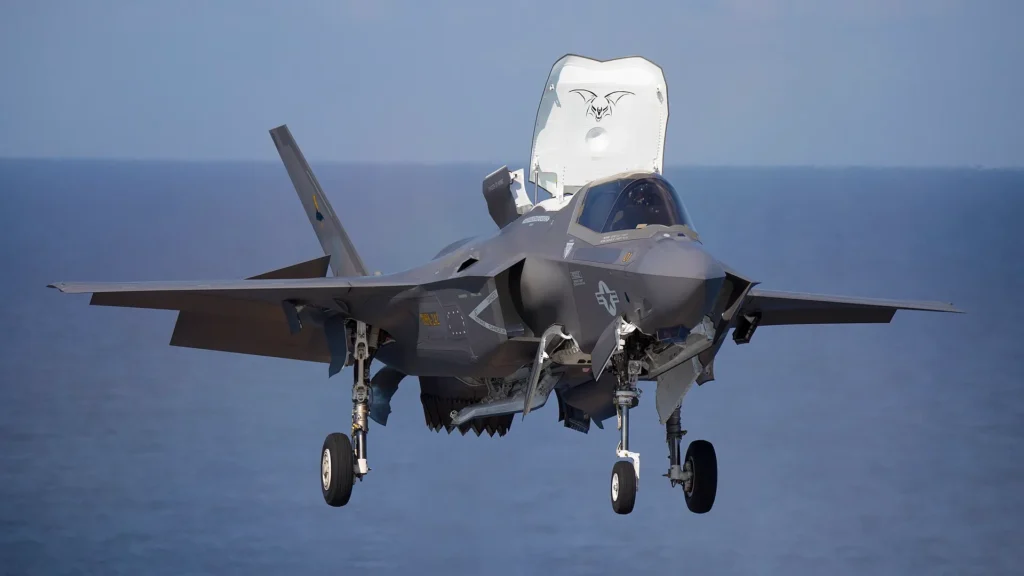 F-35 Lightning II; Photo- Wikipedia
F-35 Lightning II; Photo- WikipediaOperational Background of the F-35B
The F-35B, developed by Lockheed Martin, is a fifth-generation stealth fighter known for its advanced capabilities, including short take-offs and vertical landings. These features make it ideal for operations from aircraft carriers without catapult systems.
The jet forms a critical component of the UK’s Carrier Strike Group and has been active in Indo-Pacific joint exercises, including engagements with the Indian Navy.
The aircraft’s unplanned Kerala stay not only incurred operational costs but also captivated local attention.
The British High Commission confirmed that daily parking charges alone exceeded Rs 26,000, accumulating to over Rs 9 lakh during the 35 days, as reported by the Economic Times.
Local Curiosity
The presence of the cutting-edge F-35B in Kerala generated significant interest among locals and aviation enthusiasts.
Social media was abuzz with memes and commentary on the jet’s extended stay. Kerala Tourism even humorously commented on the situation, posting an image of the fighter with the caption, “Kerala, the destination you’ll never want to leave.”
The F-35 program is one of the most sophisticated and expensive military aircraft projects globally.
The B variant, used by the UK Royal Navy and US Marine Corps, is uniquely designed for short take-off and vertical landing (STOVL), providing operational flexibility on smaller decks and austere airstrips.
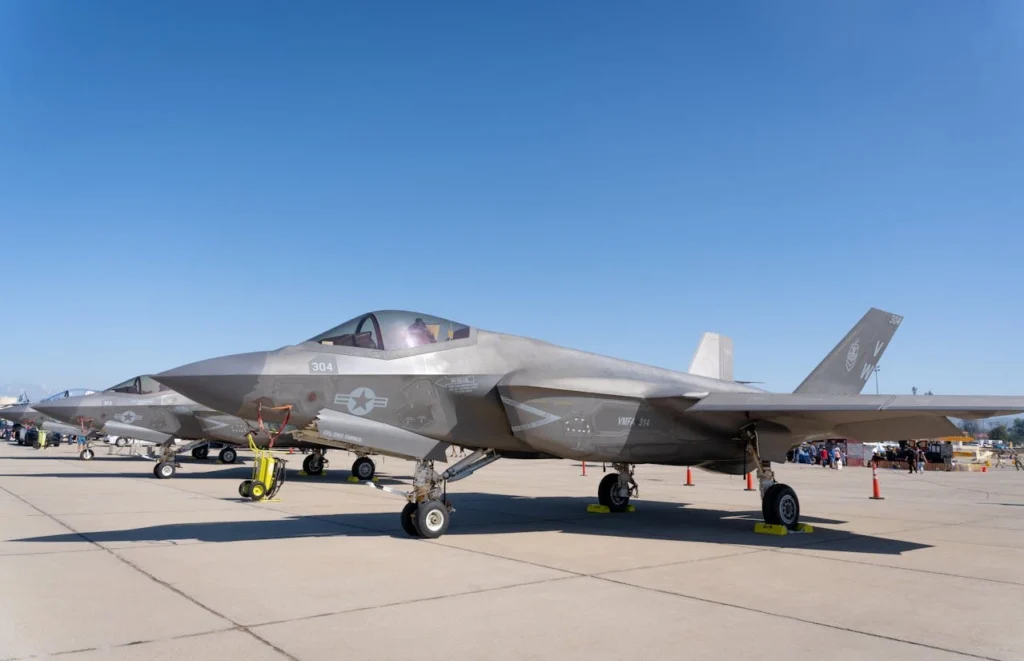 Photo: By Soly Moses: https://www.pexels.com/photo/f-35-fighters-on-the-tarmac-at-an-air-show-18119106/
Photo: By Soly Moses: https://www.pexels.com/photo/f-35-fighters-on-the-tarmac-at-an-air-show-18119106/About the F-35B Fighter Jet
The F-35B, developed by Lockheed Martin, is the world’s first supersonic short takeoff and vertical landing (STOVL) stealth fighter, currently operated by the U.S. Marine Corps (MCAS Yuma – NYL), UK Royal Navy (RAF Marham – KNF), and Italian Air Force (Amendola Air Base – QAO).
This advanced aircraft enables operations from forward bases, amphibious assault ships, and remote airfields where conventional runways are unavailable, granting flexibility in high-threat and contested environments.
Design and Capabilities of the F-35B
The F-35B stands out within the Joint Strike Fighter family due to its STOVL configuration. This design enables takeoff from short runways and vertical landings on compact flight decks, such as those of amphibious assault ships or forward-deployed bases.
This capability allows for rapid deployment and sustained operations even in areas without traditional airfield infrastructure.
At the heart of its propulsion system is the Pratt & Whitney F135 engine, equipped with a swiveling exhaust nozzle that directs thrust downward for vertical takeoff and landing. Despite this added complexity, the F-35B maintains a top speed of Mach 1.6 with a full internal weapons load, preserving both speed and stealth.
The stealth characteristics of the F-35B come from radar-absorbing materials, precisely shaped surfaces, and internal weapons bays that eliminate the radar signature created by external armaments.
Combined with its sophisticated electronic warfare systems and onboard sensors, the aircraft is engineered to penetrate and survive in the most heavily defended airspaces.
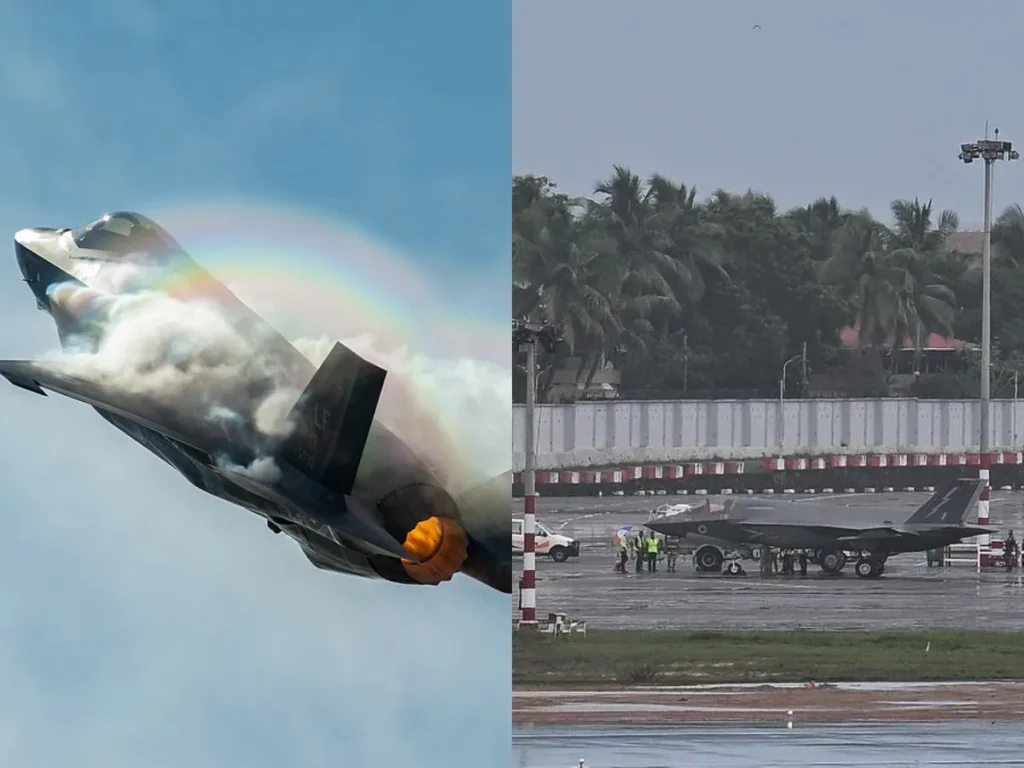 F-35 Lightning II at Kerala Airport; Photo- Wikipedia and Others; Compiled by Aviation A2Z
F-35 Lightning II at Kerala Airport; Photo- Wikipedia and Others; Compiled by Aviation A2ZAdvanced Sensors and Networked Warfare
One of the defining features of the F-35B is its advanced sensor fusion capability. It integrates inputs from several cutting-edge systems, including the AN/APG-81 AESA radar, Distributed Aperture System (DAS), and Electro-Optical Targeting System (EOTS).
These sensors feed data directly to the pilot’s helmet-mounted display, providing an integrated, real-time view of the battlespace, complete with threat analysis, targeting cues, and night vision capabilities.
The aircraft also excels as a communication node within network-centric warfare frameworks. It can share data seamlessly across air, land, sea, and unmanned platforms, enhancing situational awareness and coordinated responses in joint-force operations.
Combat Experience and Continuous Modernization
The F-35B has proven its combat value through operational deployments across three continents, including missions over the Middle East.
Its ability to launch from smaller aircraft carriers, such as the UK’s HMS Queen Elizabeth (R08), and remote locations provides NATO and allied forces with unmatched operational flexibility.
A modular, open-architecture software system ensures that the F-35B remains at the forefront of technology.
Ongoing modernization efforts are expanding sensor ranges, refining electronic warfare capabilities, and integrating next-generation weapons to counter evolving threats. This upgrade pathway secures the aircraft’s relevance for decades.
Global Operators and Strategic Deployment
The F-35B is actively in service with several key military operators:
- United States Marine Corps: MCAS Iwakuni (RJOI), MCAS Yuma (NYL)
- United Kingdom Royal Navy and Royal Air Force: RAF Marham (KNF), HMS Queen Elizabeth (R08)
- Italian Air Force and Navy: Amendola Air Base (QAO)
Its compact operational footprint allows it to utilize non-traditional airstrips, remote islands, and naval flight decks. This versatility is a critical asset for expeditionary forces, enabling high-intensity operations without reliance on established infrastructure.
Stay tuned with us. Further, follow us on social media for the latest updates.
Join us on Telegram Group for the Latest Aviation Updates. Subsequently, follow us on Google News
UK Buys 12 Units of Most Expensive Fighter Jet in the World
The post Most Expensive Fighter Jet in the World, F-35B Leaves India appeared first on Aviation A2Z.




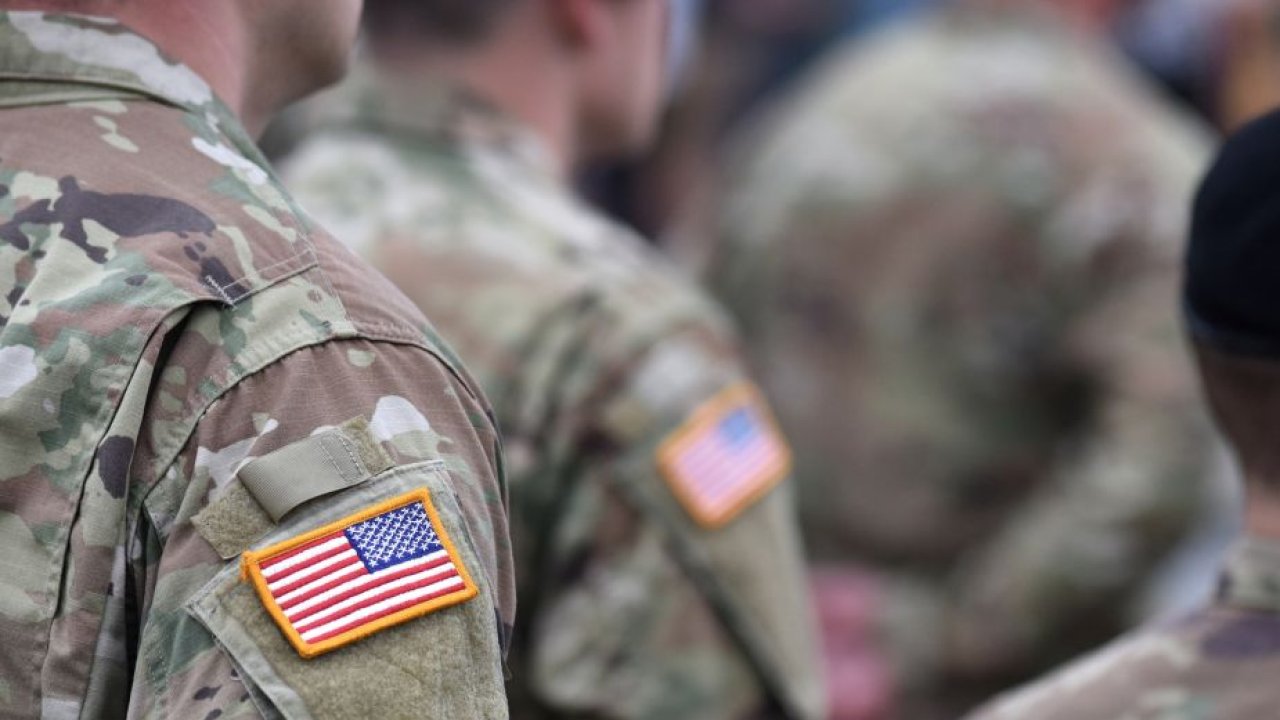
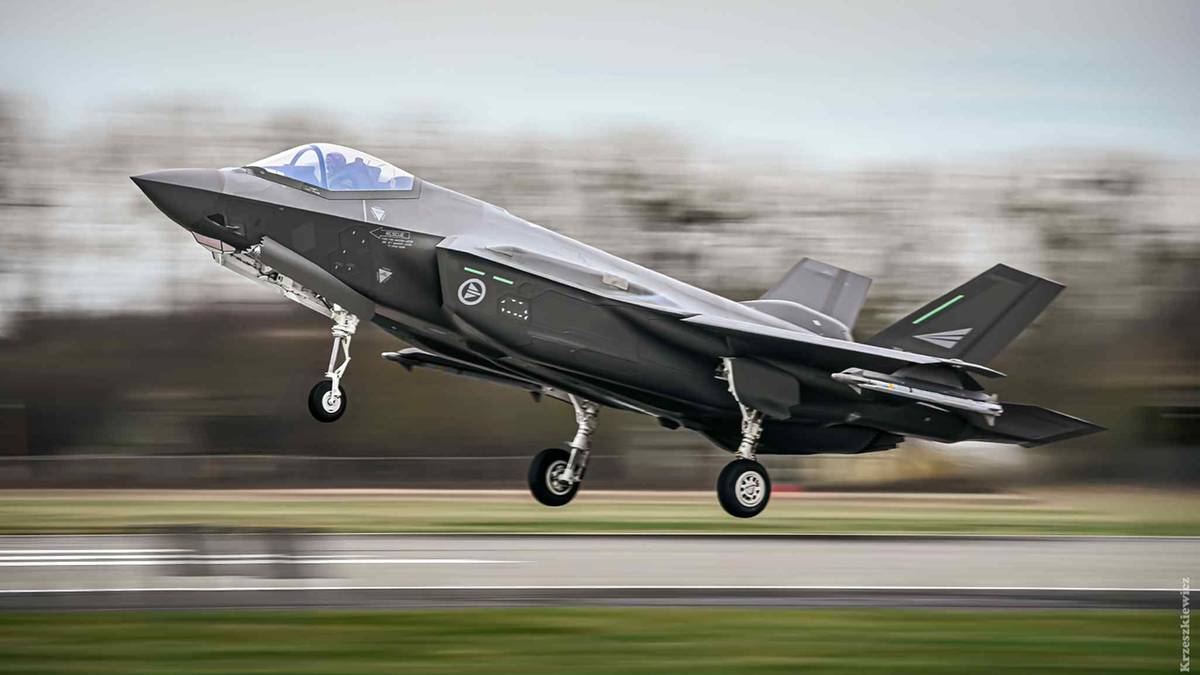
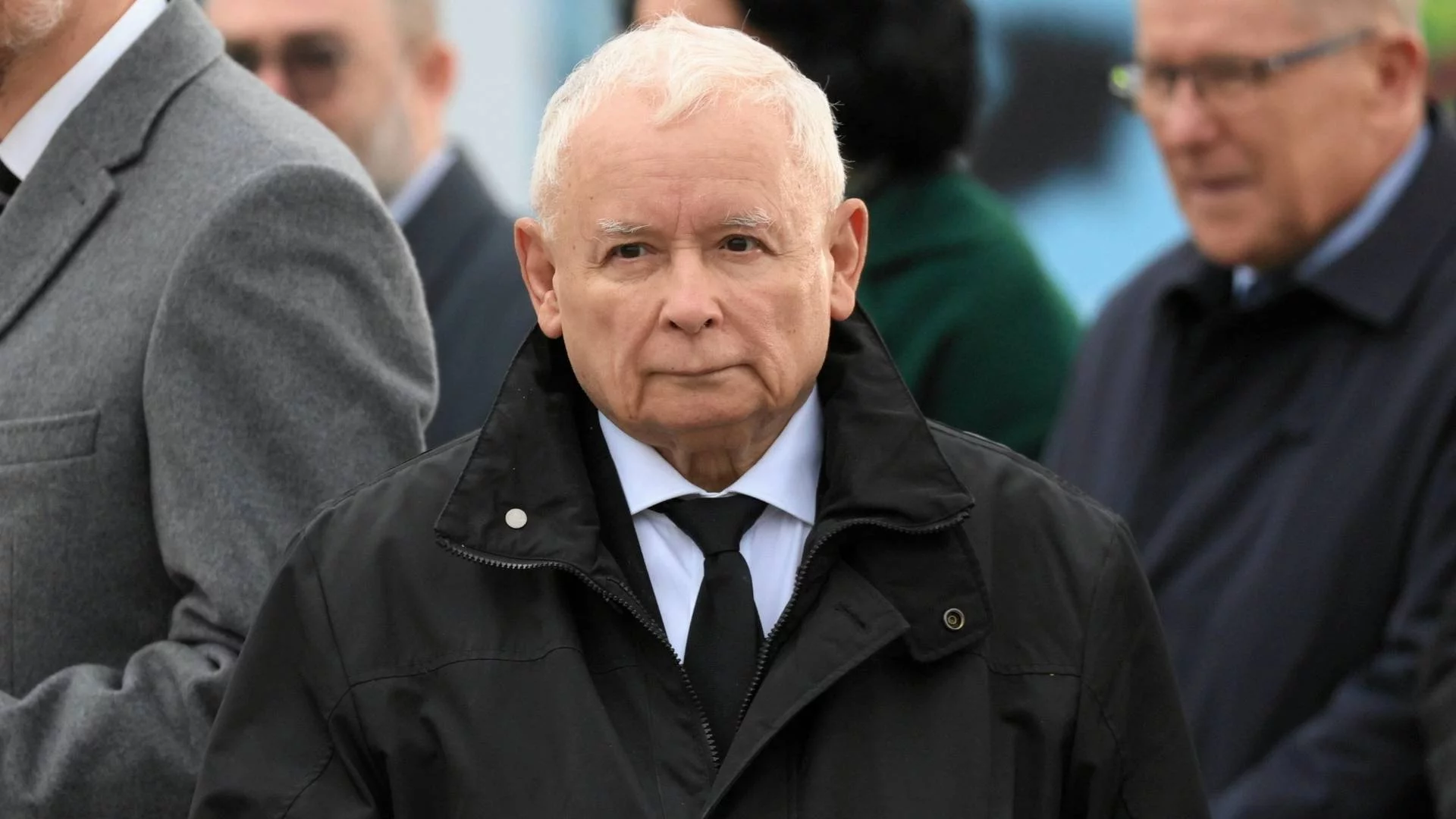
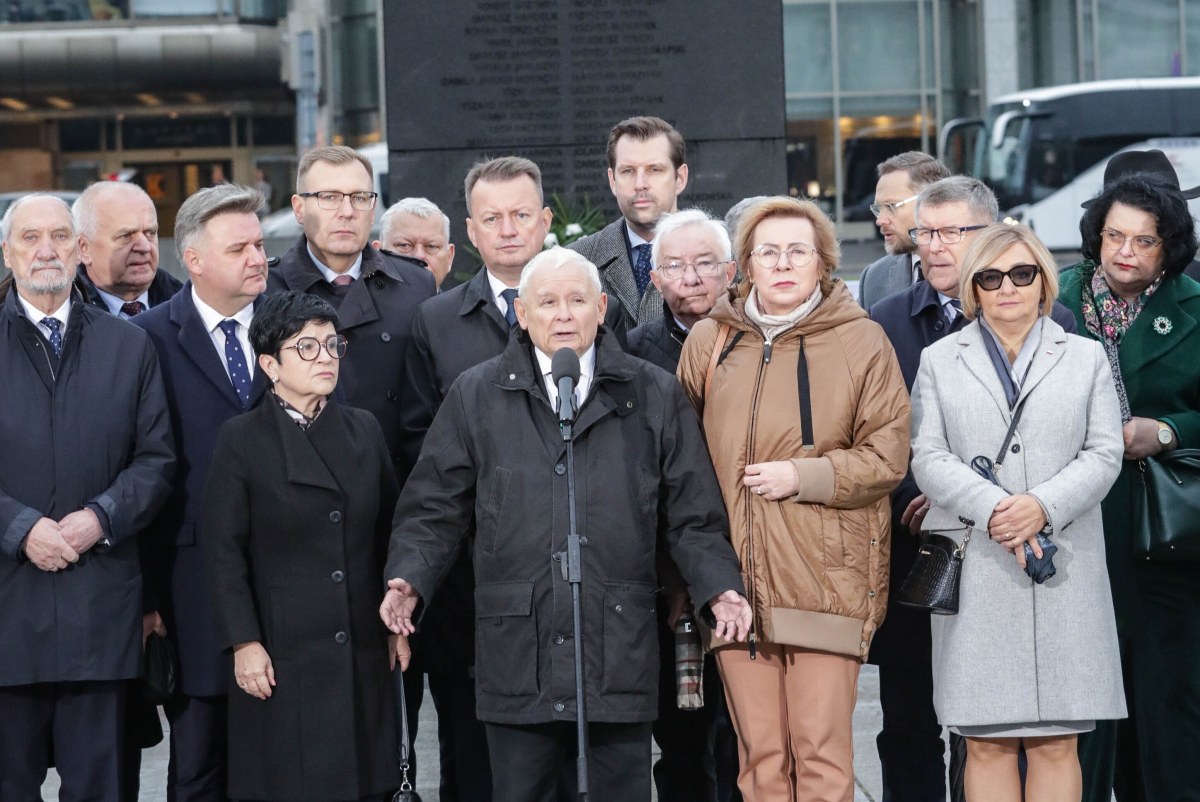
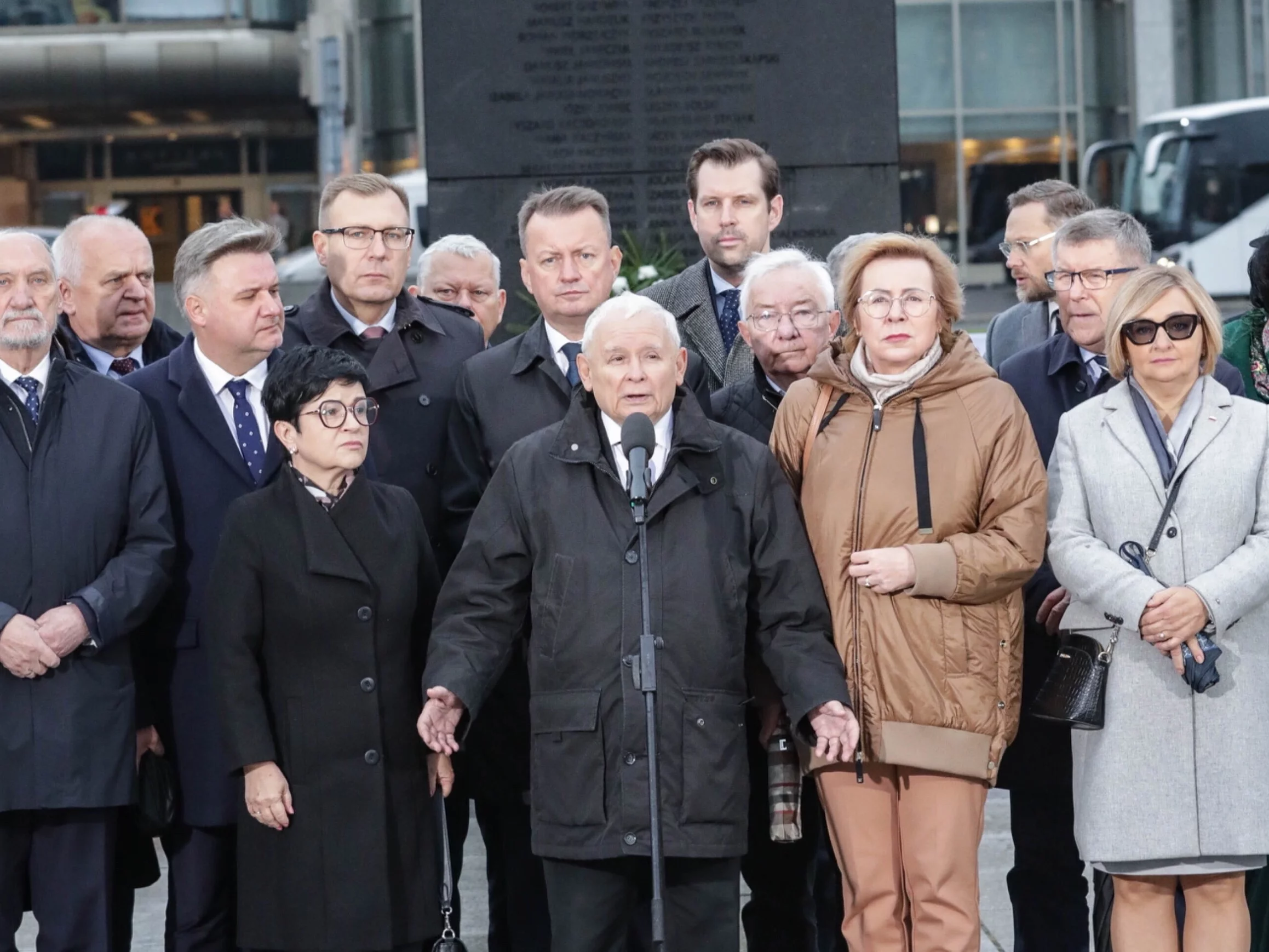
![A gdyby tak rzucić wszystko i wyjechać do Maroka… [zdjęcia]](https://tarnow.ikc.pl/wp-content/uploads/2025/10/ucieczka-do-tangeru-fot.-Artur-Gawle0001.jpg)

